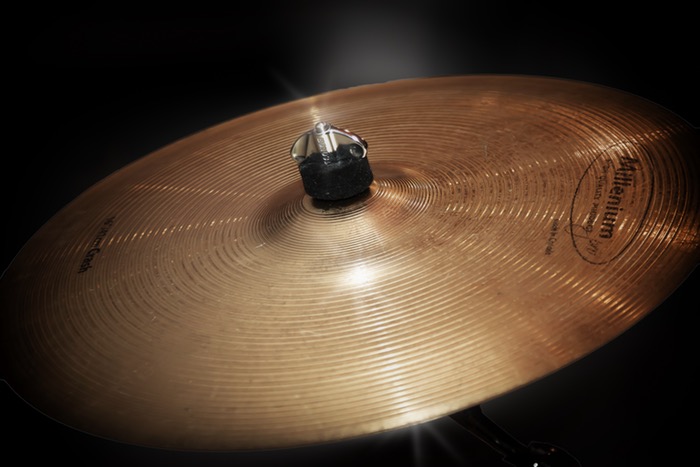
At a glance...
1. Cymbal anatomy
2. Cymbal size
3. Cymbal weight
4. Cymbal finish
As a drummer, you are likely to want to experiment with new cymbals at some point, but where do you begin? Knowing what sizes and finishes to buy can be difficult and daunting, but this article will make this process easier.
Cymbal Anatomy
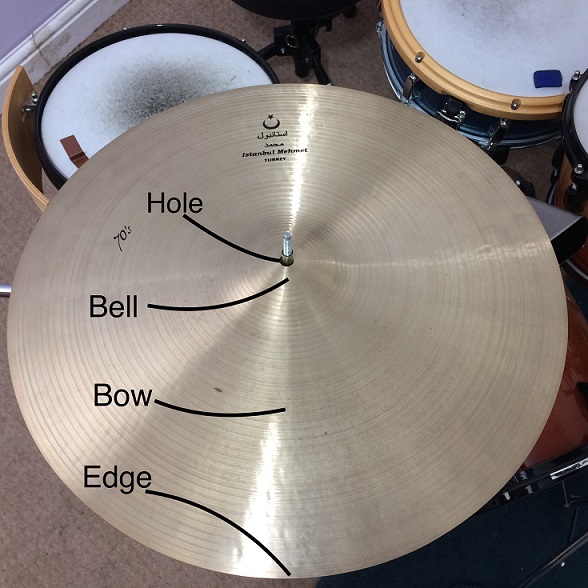
I recommend some brands in the article aimed at beginner/intermediate drummers. If you haven’t read it, take a look. To summarise, all of the below brands are safe bets when shopping for new cymbals.
- Zildjian
- Sabian
- Paiste
- Meinl
- Istanbul Agop
- Istanbul Mehmet
- Bosphorus
Sizes
Just like any instrument, a cymbal's size is the most important factor in determining its fundamental pitch. Generally speaking, the smaller the cymbal, the higher the pitch. A higher pitch often indicates a brighter sound, which is why cymbal of smaller sizes, particularly crashes and hi hats, are popular for pop drummers. By the same token, the larger the cymbal, the lower the pitch and the darker the sound. This makes large cymbals a popular choice for jazz drummers. In fact, jazz drummers often replace their crash cymbal with a second (usually smaller and higher pitched) ride cymbal.
As you are looking to upgrade your cymbals, you are experienced enough to understand roughly what you want. Don't feel restricted by the style of music you play. If you're a pop drummer, there's no rule that says you can't use big dark cymbals. Likewise, if you're a jazz drummer but prefer bright cymbals, feel free to give it a try. The most important thing is that you're happy with how your cymbals sound and enjoy playing them.
Weight
A cymbal’s weight also determines its pitch. Thin cymbals produce a lower pitched, darker sound, while thick cymbals sound brighter and higher pitched.
Weight also determines the resonance and volume of the cymbal. Thicker cymbals require more energy to resonate when struck, so they have a slow, gong-like tone that resonates for a long time. Thin cymbals reach full resonance quickly, so they produce a fast response that resonates for a short time. This can be described as a fast “decay.”
Most cymbal brands label the weight of the cymbal with a simple word (extra thin, thin, medium, heavy, extra heavy). This can make shopping easier but it isn't very specific. Two thin cymbals from the same brand and range can sound completely different, while not all cymbal brands have exactly the same view as to what constitutes a “thin” cymbal. Some cymbal manufacturers label their cymbals with an exact weight measurement. This is obviously more specific but it can be difficult to know how much a thin cymbal should weigh. A great tool to contextualise cymbal weights is the cymbal weight calculator: http://budstein.com/cymbalweight/. You simply put in the cymbal weight, diameter, and type (ride/crash/hi hats), and it tells you in Lehman’s terms how heavy the cymbal is.
Finish
Cymbals come in many different finishes, and each one can affect how the cymbal sounds. Here are some of the common cymbal finishes and how the finish affects the sound.
Lathed
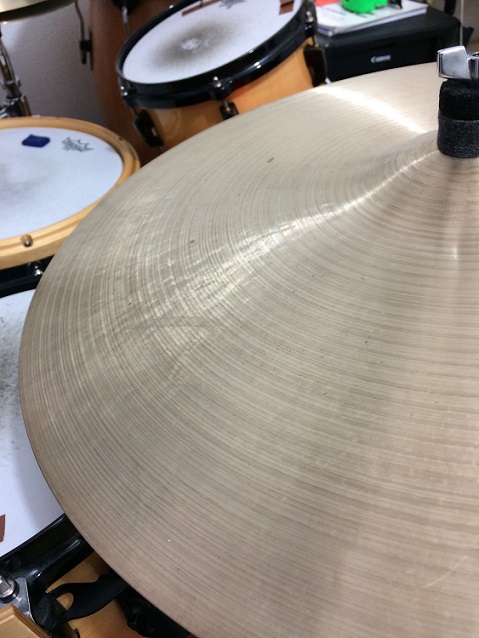
Equally as popular amongst jazz drummer as they are amongst pop drummers, lathed cymbals produce a warm resonant tone with a woody stick definition which is great for all styles of music. Brands and ranges include:
- Zildjian
- Avedis
- K
- Kerope
- Constantinople
- Sabian
- AA
- HH
- Artisan
- Istanbul Agop
- Traditional
- Istanbul Mehmet
- Traditional
- Nostalgia
- Legend
- Origin
- Paiste
- 601
- Twenty
- Meinl
- Byzance Traditional
- Bosphorus
- Traditional
- Masters
Brilliant
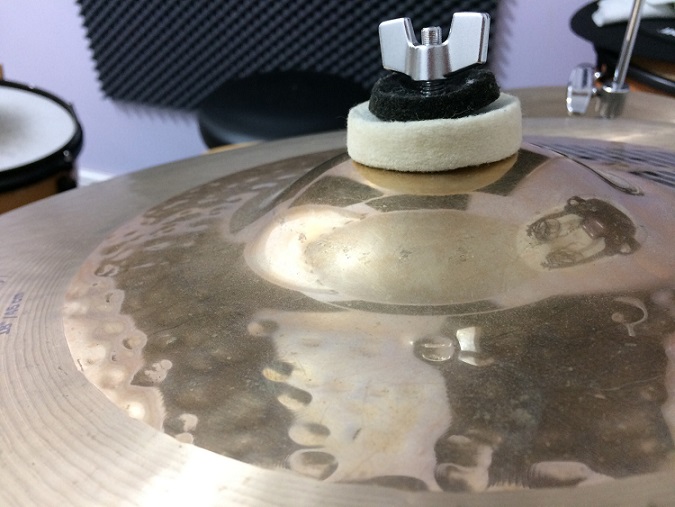
Heavily polished cymbals can be described as “brilliant.” The smooth surface creates a fast shimmering sound and sharp stick definition suitable for pop music.
Ranges include:
- Zildjian
- A Custom
- Z3
- K Custom
- Sabian
- AAX
- HHX
- Istanbul Agop
- Xist
- Istanbul Mehmet
- Modern
- Paiste
- Signature
- Meinl
- Byzance Brilliant
- Bosphorus
- Gold
Unlathed
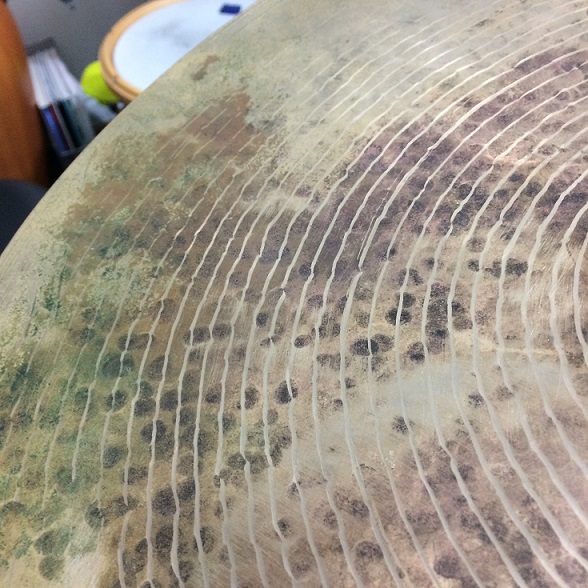
Unlathed cymbals produce an extremely dry sound. Stick definition is dark, dry, and woody. These cymbals are more popular amongst jazz drummers because of their subtle, complex tones.
Ranges include:
- Istanbul Agop
- Turk
- 30th Anniversary
- Istanbul Mehmet
- Origin Dark
- Turk
- 61st Anniversary
- Meinl
- Byzance Dark
- Byzance Extra Dry
- Bosphorus
- Turk
- Masters Vintage
Partially–Lathed
These cymbals produce a sound somewhere in between lathed and unlathed cymbals. They sound resonant yet dry and dark.
Ranges include:
- Istanbul Agop
- Sultan
- SE Jazz
- Istanbul Mehmet
- Vezir
- MC Jazz
- Meinl
- Byzance Dark Spectrum
- Bosphorus
- New Orleans
Combination
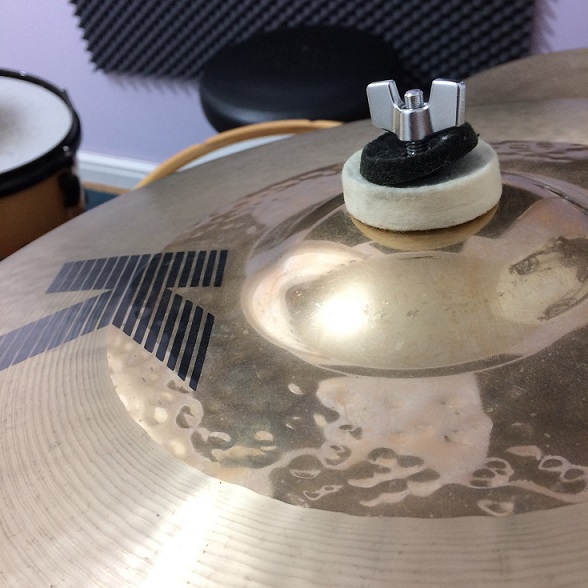
Some cymbals are half lathed and half brilliant. They produce a similar sound to lathed cymbals but can offer a more shimmering, glassy stick definition.
Ranges include:
- Zildjian
- K Custom Hybrid
- Sabian
- HHX Duo
- Istanbul Mehmet
- Session
Conclusion
When buying your cymbals, consider all of these factors and try to understand how you want your full setup to sound. I wouldn't recommend buying a brilliant ride with an unlathed crash cymbal, for example. Your cymbals should blend nicely with each other.
Also, all cymbals are unique. You might go to a shop and love a cymbal but hope to get it cheaper elsewhere or second hand. This might save you money but you might not like it as much as the one you tried in the shop. However, if you buy a second hand cymbal, its value is unlikely to decrease, so you can easily sell it on.
If you want to learn more about the basics of cymbal selection, be sure to read our previous article on Cymbal Selection for Beginner and Intermediate Drummers.
Of course, the only way you're going to know which sound you want is by playing a bunch of different cymbals. Find a good cymbal retailer and have a play. There is no right or wrong cymbal setup. As long as you're happy with your sound, then you've made the right choice.
Ready to pick up the drums?
Start learning with our 30-day free trial! Try our drums courses!About Liberty Park Music
LPM is an online music school. We teach a variety of instruments and styles, including classical and jazz guitar, piano, drums, and music theory. We offer high-quality music lessons designed by accredited teachers from around the world. Our growing database of over 350 lessons come with many features—self-assessments, live chats, quizzes etc. Learn music with LPM, anytime, anywhere!

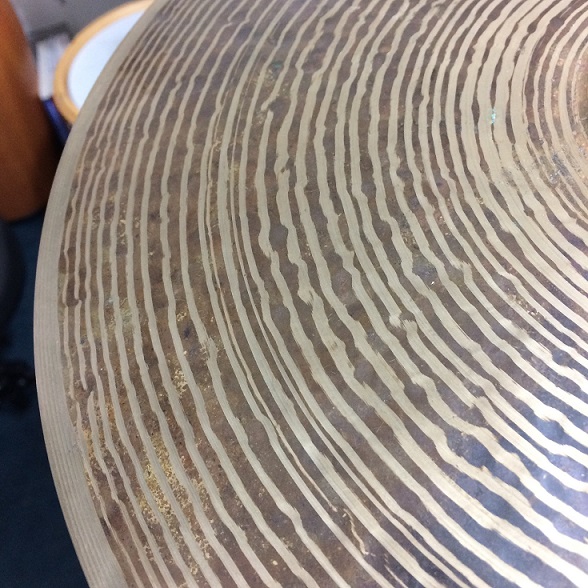




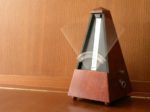

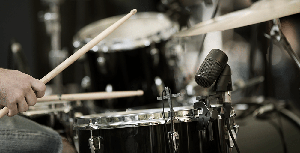



thanks for the information